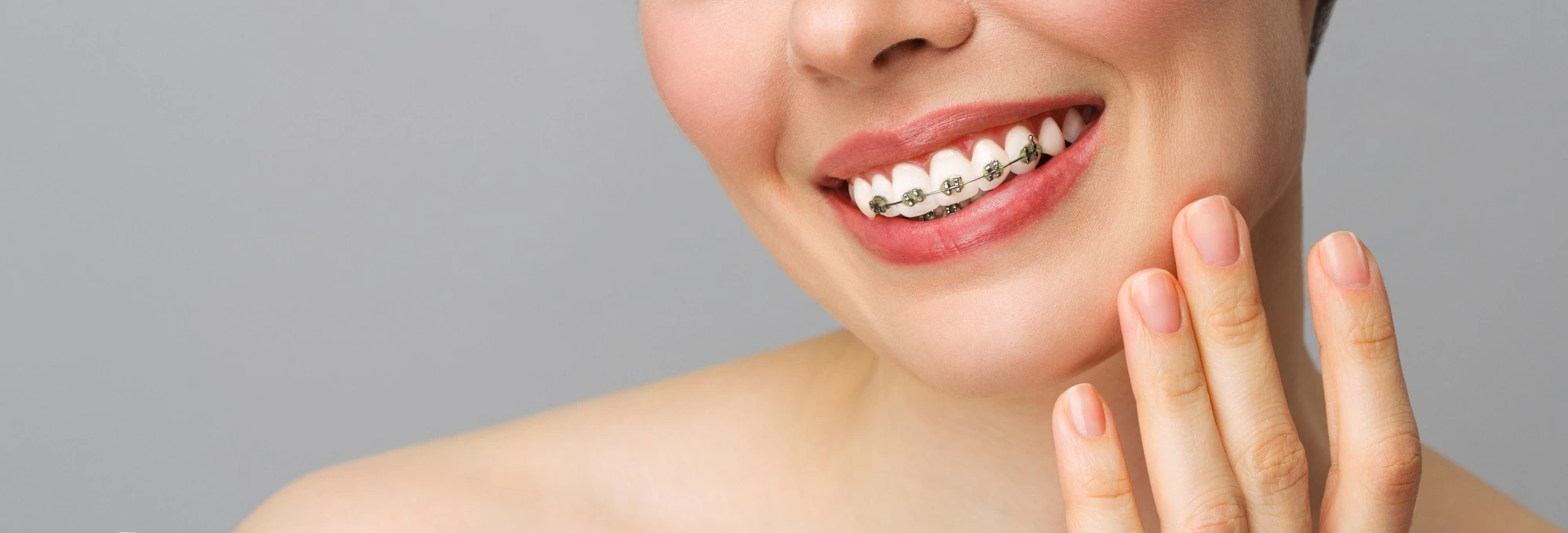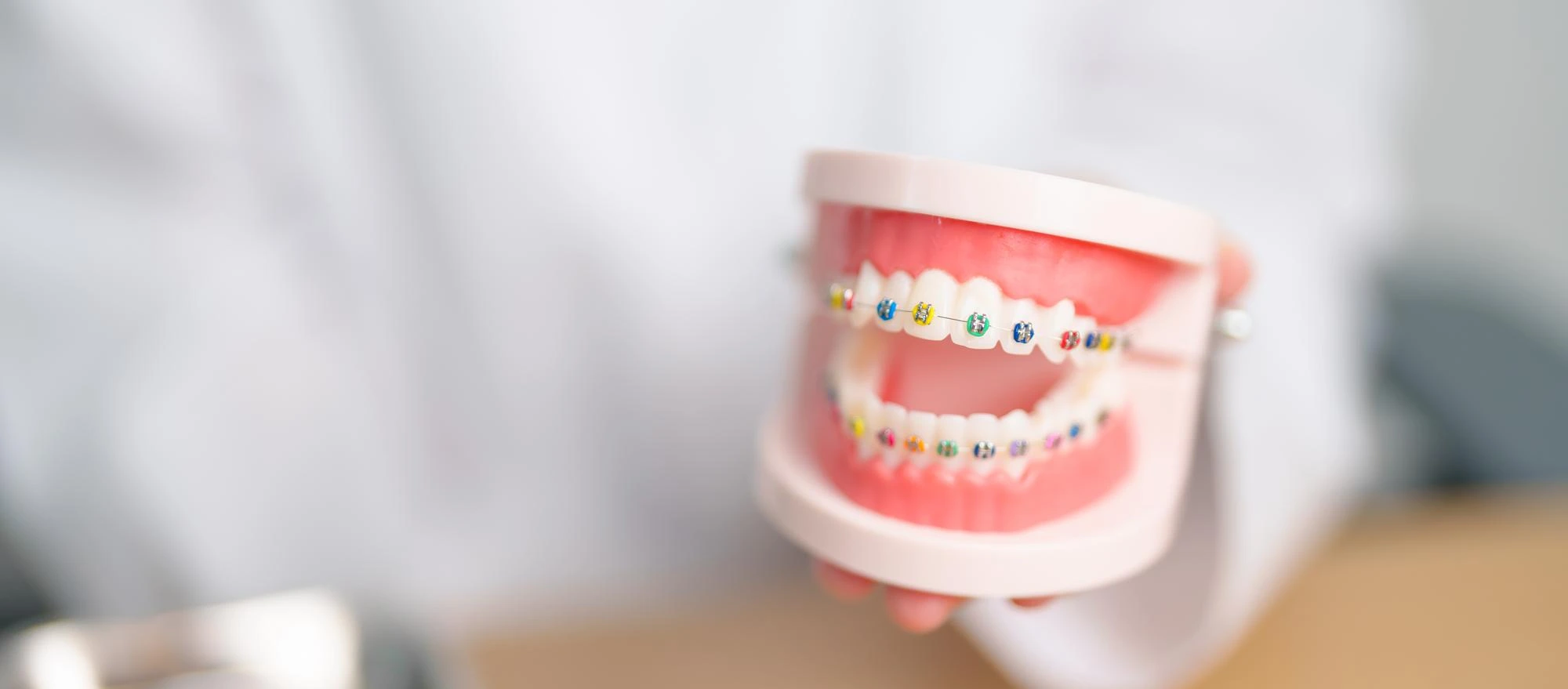What is Orthodontics?
Orthodontics is a field that deals with the correction of teeth and jawbone alignment to address malformations and positioning issues. This treatment is often used to correct aesthetic deficiencies as well as to improve mouth function, such as chewing, speech, and breathing. Orthodontists use various devices to adjust and align the teeth and jaws into correct positions, thus contributing to the improvement of both aesthetics and overall oral health.

Types of Orthodontic Disorders
Orthodontics treats a wide range of disorders that can occur with the positioning of teeth and jaws. Some of the most common disorders include:
- Tooth crowding: This is a condition where the teeth are crowded and do not have enough space to align into their natural positions.
- Spacing: When there is too much space between the teeth, often due to tooth loss or improper bone development.
- Malocclusion)
- Clasa I:The upper and lower parts of the teeth are in a normal position, but there are other issues with alignment.
- Clasa II (Overbite): When the upper jaw is much more forward than the lower jaw.
- Clasa III (Underbite): When the lower jaw is more forward than the upper jaw.
- Open bite: When the upper and lower teeth do not touch each other when the mouth is closed.
- Crossbite: When one or more upper teeth are narrower than the corresponding lower teeth.
- Incorrect bite alignment of the teeth.: It occurs when there is an improper gap between the upper and lower teeth that interferes with normal eating and chewing.
- Receding gums: Some individuals may have gums that recede unevenly or are overly mobile, causing the teeth to shift or lose their positions.

Orthodontic Appliances
Orthodontic appliances are one of the most common orthodontic treatments and are used to correct the positions of the teeth. They consist of several main parts:
- Metal parts (brackets) that are placed on each tooth.
- The wires that are connected to the brackets to apply pressure and move the teeth into correct positions.
- Elastic that are used to improve the alignment of the teeth and jaws.
- Other mechanisms (ligatures, hooks, etc.) that may be used to assist in the faster adjustment of the teeth.
Braces can be metal, ceramic (less visible), or lingual, which are placed on the inner part of the teeth and are invisible from the outside.
Invisalign is a modern alternative to traditional metal braces. This system uses a series of clear, flexible aligners that match the shape of the teeth and gradually straighten them over time. The aligners can be removed for eating and brushing teeth, and they are more comfortable and aesthetically pleasing than traditional braces.
It is used to expand the upper jaw, correcting wide deficiencies and creating more space for crowded teeth.
After the completion of orthodontic treatment, to maintain the achieved results and prevent the relapse of issues, the use of a retainer is usually required. This can be a transparent device or a system mounted behind the teeth, helping to maintain the new position of the teeth.
